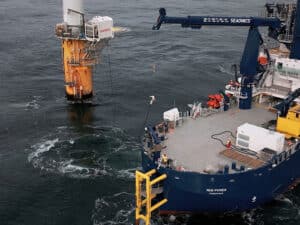
Survey predicts vessel operating costs will rise
Written by Nick Blenkey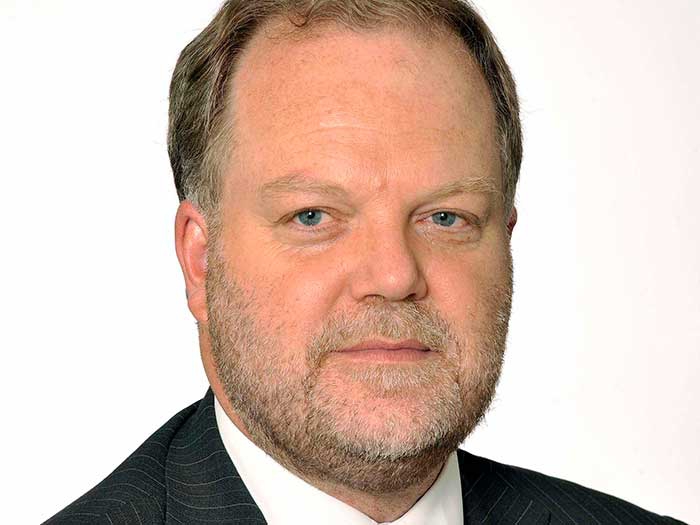
Richard Greiner, Moore Stephens Partner, Shipping & Transport
NOVEMBER 1, 2016 — The latest survey by international accountant and shipping consultant Moore Stephens finds that vessel operating costs are expected to rise both this year and next, with repairs and maintenance and spares seen as the categories likely to increase most.
Responses from key players in the international shipping industry, predominantly shipowners and managers in Europe and Asia, indicated that vessel operating costs are expected to rise by 1.9% in 2016 and by 2.5% in 2017.
The cost of repairs and maintenance is expected to increase by 1.7% in 2016 and by 1.9% in 2017, while expenditure on spares is predicted to rise by 1.7% in 2016 and by 1.8% in 2017. The cost of drydocking expenditure, meanwhile, is predicted to increase by 1.5% and 1.8% in 2016 and 2017 respectively.
The survey revealed that the outlay on crew wages is expected to increase by 1.3% in 2016, rising to 1.8% in 2017, with other crew costs thought likely to go up by 1.2% and 1.4% respectively for the years under review.
The increase in outlay for lubricants is predicted to be 0.8% and 1.4% in 2016 and 2017 respectively, and that for stores 1.3% and 1.7%. Meanwhile, projected increases in management fees are 1.0% and 1.2% in the two years under review.
The cost of hull and machinery insurance is predicted to rise by 0.9% and 1.1% in 2016 and 2017 respectively, while for P&I insurance the projected increases are 1.1% and 1.2%.
The predicted overall cost increases for 2016 were highest in the containership sector, where they averaged 3.3% against the overall survey increase of 1.9%. In contrast, predicted cost increases for 2016 in the offshore sector were just 0.2%. Containerships also headed the expected cost increases for 2017, at 3.4% compared to the overall survey average of 2.5%. Tankers featured in second place for both years at 2.5% for 2016 and 2.9% for 2017.
The cost of meeting regulatory requirements was high on the list of concerns cited by respondents, one of whom noted, “Operating costs will rise for technical expenses such as maintenance and repair held over from previous years, while the cost of ballast water treatment plant will have to be taken into consideration in 2017 drydocking budgets.” Another respondent pointed out, “With the Ballast Water Management (BWM) convention coming into force in 2017, drydocking costs will increase significantly, depending on the type and size of ship involved.” Elsewhere it was noted, “The new international standards for limiting NOx, SOx and PM emissions from vessels will substantially increase operating costs.”
Respondents were also asked to identify the three factors that would most affect operating costs over the next 12 months. Overall, 20% of respondents (compared to 22% in last year’s survey) identified finance costs as the most significant factor, followed by competition at 19% (down from 22% last time). Crew supply was in third place with 18% (up one percentage point on last time), followed by demand trends (up by one percentage point to 17%) and labour costs, unchanged at 13%. The cost of raw materials was cited by 11% of respondents (compared to 8% in last year’s survey) as a factor that would account for an increase in operating costs.
Richard Greiner, Moore Stephens Partner, Shipping & Transport, says, “The predicted increases in ship operating costs for 2016 and 2017 compare to an average fall in operating costs in 2015 of 2.4% across all main ship types recorded in the recent Moore Stephens OpCost study. And whilst the level of predicted increases for this year and next will undoubtedly be of concern to owners and operators, seasoned market operators and observers alike will not need particularly long memories to call to mind increases of more than eight times the levels predicated for 2016. In 2008, for example, the average operating cost increase absorbed by the industry was no less than 16%. Meanwhile, one year ago, expectations of operating cost increases in 2016 were 2.8% on average, so the fall in that expectation to 1.9% is of note.”

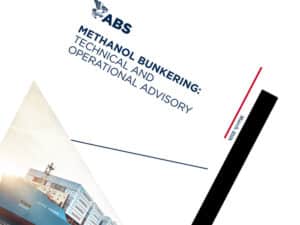
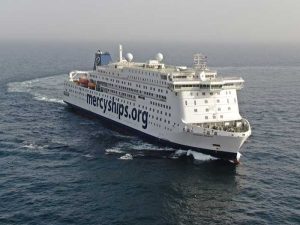
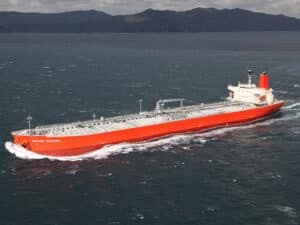

Leave a Reply
You must be logged in to post a comment.